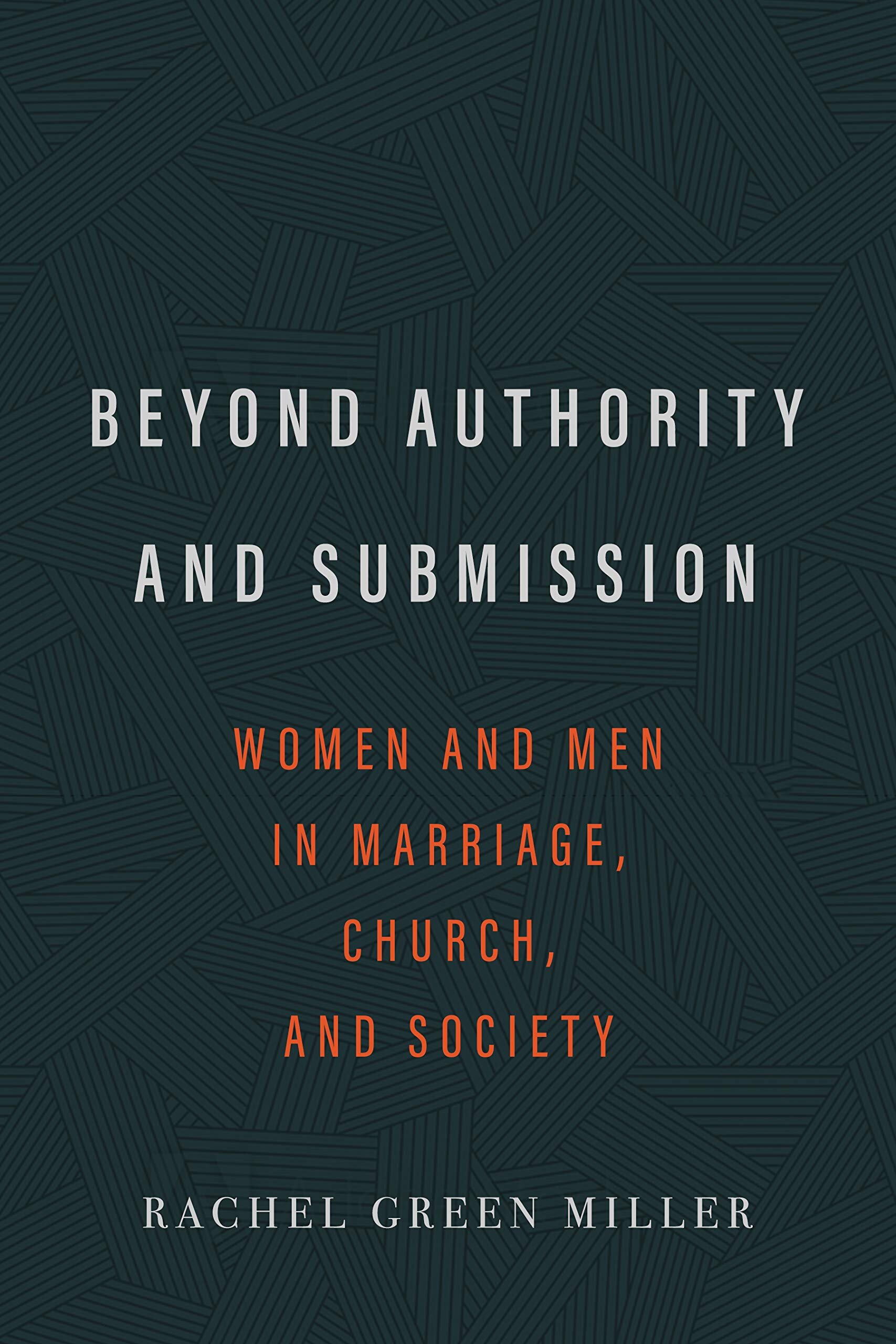While many books have been published in recent years about the Bible’s teaching on men and women, the vast majority of these are from an egalitarian perspective. This makes Kevin DeYoung’s new book, Men and Women in the Church, a welcome addition, as he tackles this subject from the opposing view. As the subtitle says, this is a “short” book (152 pages) providing an overview of the Bible’s teaching on men and women. Here are my brief thoughts on the book:
(1) DeYoung’s Scripture interpretations clearly place him in the broad complementarian camp.
DeYoung affirms mainstream complementarian views, including that male headship is part of creation (25-33), the Greek word kephale (“head”) refers to authority (51), and only men should be elders (91-92). But he also goes well beyond a “narrow” complementarianism and holds views that clearly place him in the “broad” camp. These include his extensive view of 1 Timothy 2:12 (“I do not permit a woman to teach or exercise authority over a man”), arguing that men should be the regular teachers of mixed Sunday school classes (97) and that women should not preach sermons to men (139-152).
Most significant for this broad complementarianism is DeYoung’s emphasis that gender roles are rooted in the differing natures of men and women, a point that is missing from most complementarian writings (133-134). DeYoung himself recognizes this, as he expresses concern that complementarianism’s “rules” are “sometimes construed as divine strictures absent any deeper recognition of natural theology and sexual difference” (133). Thus, DeYoung stresses that God gave men and women “different bodies that carry moral ‘oughts’ according to God’s good design” (122). God “does not redeem us to become androgynous Christians” but “so that we might follow Christ as men and follow Christ as women” (132).
DeYoung also holds doctrines that differ from many complementarians, including his view that only men can hold the office of deacon (92-93) and his rejection of the Eternal Subordination of the Son (ESS). This latter view is strongly associated with complementarianism (particularly the writings of Wayne Grudem), but DeYoung says we should not use the Trinity as a model for male headship (52). Putting this all together, DeYoung seems to hold an even broader complementarian position than Baptist scholar Andreas Köstenberger.
(2) DeYoung still adopts the novel complementarian view of 1 Corinthians 14:34-35.
While I agree with most of DeYoung’s views in this book, I disagree with his interpretation of 1 Corinthians 14:34-35 (“the women should keep silent in the churches . . .”). He adopts the view that Paul only forbids women from evaluating prophecy (59-62), which follows the complementarian position canonized in D.A. Carson’s chapter in the 1991 book Recovering Biblical Manhood and Womanhood. DeYoung interprets Paul’s words in 1 Corinthians 14:34-35 through the apparent contradiction in 11:5 (“every wife who prays or prophesies”). He says it is “clear” that Paul’s words in 1 Corinthians 11:5 are about the “gathered assembly” because the rest of 1 Corinthians 11–14 is about such, with the implication that women are permitted to pray and prophesy publicly in church (59).
However, there is a shift in language in 1 Corinthians 11:17 to the public assembly (“when you come together . . .”), and the prior context of 10:23-33 is not about the gathered assembly. On this basis, Paul’s comment about women praying/prophesying in 11:5 is likely in the context of private or semi-private worship. There also appears to be a contradiction in DeYoung’s position, as he recognizes that women prophetesses in the Old Testament had a non-public prophetic role (37, 111), but he still takes the position that women in 1 Corinthians 14:34-35 were permitted to publicly prophesy in the NT church. While continuationists explain this is permitted because NT prophecy is different from OT prophecy and less authoritative, cessationists like DeYoung do not have this out (60).
DeYoung says that “most commentators now agree that 1 Corinthians 14:34-35 is about sifting the words of the prophets” (61). However, this must be qualified, as most modern commentators think Paul is only silencing women from evaluating prophecy. If you ask how many commentators prior to 1962 took this view, the answer would be zero. Calvin, Hodge, Dabney, Warfield—the list goes on—all understood Paul to mean that women were not to speak publicly in the worship assembly. These men had different ways of dealing with 1 Corinthians 11:5, but none thought Paul’s words in 14:34-35 were limited to evaluating prophecy. The question is—what led modern commentators to adopt a new view of 1 Corinthians 14:34-35?
There are practical ramifications here, as DeYoung says he has “happily” had women offer prayer in the public worship service (62, 97). He encourages pastors to do the same—“I believe most complementarian pastors could do a better job finding biblically allowable ways to use women in church gatherings to pray, to relate a story of God’s grace, or to share an encouraging word” (62). He goes so far as to say, “At the very least, churches that do not allow women to speak in church under any circumstances are contradicting the instructions of Scripture” (62). While DeYoung rightly rejects the position that “a woman can do whatever an unordained man can do,” he is still reaching to get women involved in leading public worship. This is why the historic view of 1 Corinthians 14:34-35 is so important, and the complementarian deviation from this interpretation unsurprisingly coincides with their deviation in corporate worship practices (i.e. women publicly reading Scripture and leading prayer in the worship service).
(3) This book holds back in its criticism of feminism.
While DeYoung properly roots gender roles in the differing natures of men and women, he does not address what this means for men and women outside the church. Granted, the book is about Men and Women in the Church, not society. Yet this hesitancy to speak to the secular world is one of the chief failures of complementarianism. To his credit, DeYoung says “it was a sign of declension and embarrassment for women to rule over God’s people (Isa. 3:12)” (38). Yet he does not elaborate on this point, and he even qualifies it as “rule over God’s people.” Does this mean women should not serve in civil leadership in the United States? And what about women holding positions like soldier and police officer? These are relevant issues to which pastors and theologians need to speak.
Yet the most glaring omission is that DeYoung does not explicitly address feminism’s push for women to trade babies for careers outside the home. DeYoung says he is “not trying to say everything” and has in mind the “very specific audience” of his “congregation and others like it” (15-16). But women pursuing careers is a very real problem in conservative Reformed churches, not just the broader culture. DeYoung makes positive comments about women staying home with children, telling men they may need to “live at a lower lifestyle so your wife can stay home with the kids” (71). He argues that “childbearing” in 1 Timothy 2:15 is about women’s salvation by carrying out God’s design (86-87). He even says nature teaches that men and women have different “duties” and “different responsibilities relative to the home and to the world” (134), and “when the woman supports her husband and cares for her children,” she is “living out what it means to be” a woman (135).
All of this is excellent. Yet he nowhere presses this point in application to our day. Rather, he implicitly affirms women taking on careers (not just jobs)—“When a couple cannot figure out how to make both of their careers a go, I think the wife should be willing to say, ‘I want to be a help and support you’” (66-67). Thus, while DeYoung affirms woman’s role as mother and helper to her husband, he shies away from confronting the main obstacle to women fulfilling these duties—women taking on careers that interfere with babies and home life. Yes, this is a controversial point to make, but it is one that young Christian women desperately need to hear. The building blocks to address feminism are scattered throughout the book, but there is no attempt to point out the elephant in the room. One has to wonder why there was no citation of the two most explicit biblical texts on the domestic role of women, 1 Timothy 5:14 and Titus 2:3-5 (“working at home”). Exegesis of these texts would almost certainly elicit stronger language against feminism.
Conclusion
Men and Women in the Church seeks to be a short, introductory book on biblical gender roles. It meets that goal, and is overall biblically faithful. I think the interpretation of 1 Corinthians 14:34-35 is mistaken and lends itself towards including women in more aspects of public worship. The book could also be firmer in combatting feminism, particularly on the issue of women’s careers getting in the way of children and family life. However, with its emphasis on gender roles and duties being rooted in the differing natures of men and women, this is one of the broadest complementarian works to date. It is a move in the right direction.
*For an in-depth treatment of 1 Corinthians 14:34-35, feminism, and other issues related to this review, see my book Masculine Christianity.












